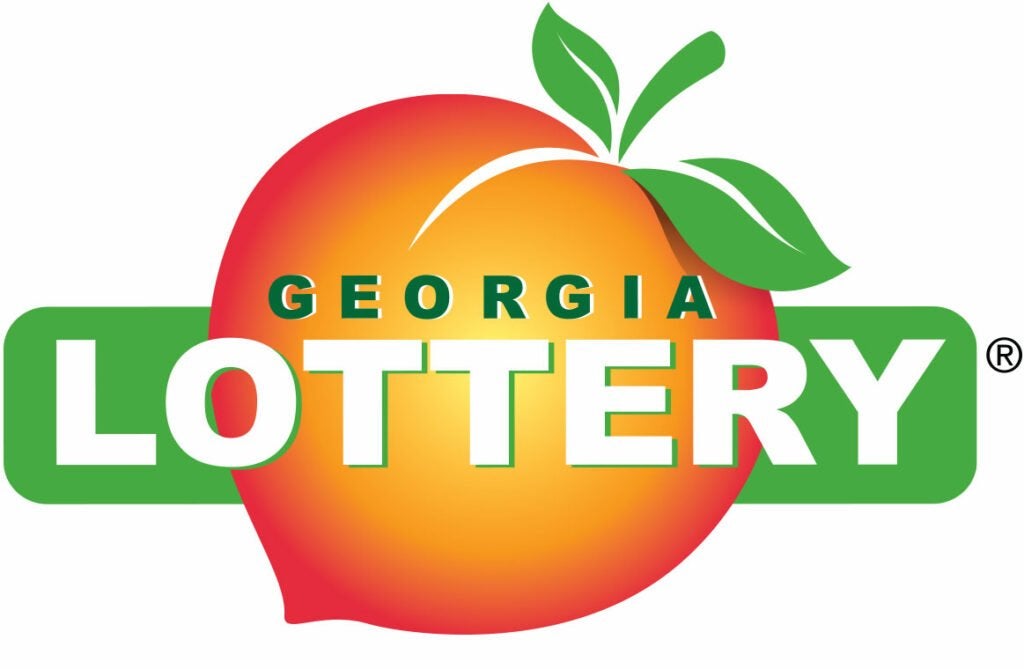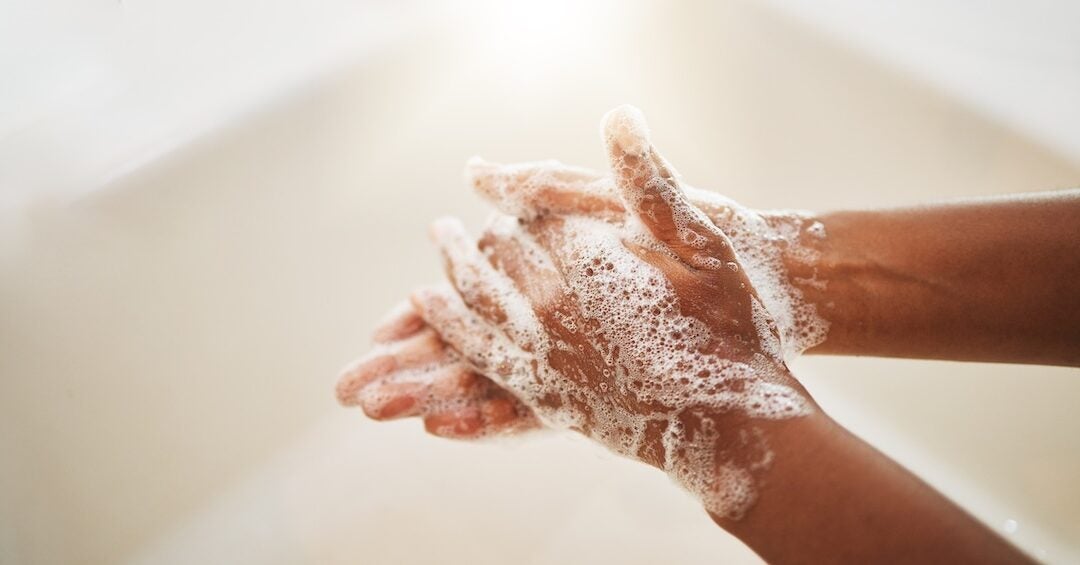Wow! Welcome to June in the sunny south!
If you haven’t noticed yet, you probably haven’t tried working in your landscape or garden after 10 a.m. The May 28 edition of the National Integrated Drought Information System Climate Review webinar advised us that the May temperatures were 3-5 degrees above average. Remember, even if you were born and raised here, becoming acclimatized to our summer heat and humidity is a gradual thing.
Don’t overdo it. Belay those two and three hour efforts until you have several shorter sessions under your belt. Your lawn and plants will need extra attention to their watering and so will you. Wear appropriate clothing and don’t forget that ugly wide brimmed hat. Force yourself to drink water regularly, because our thirst mechanism doesn’t actually kick in until we are really dried out. Heat injuries are very real and can be dangerous, particularly for those of us who have managed to make it past 39 years of age (humorous reference to maturity).
What should you be doing out in that yard now? Well, here are a couple of thoughts on a few different areas.
If you have fruit trees or vines that will be harvested later in the summer or fall, thin out the fruit if there is too much. Pears and apples often fall into this category. Excessive fruit set results in poor mature fruit size and quality. Additionally, it really stresses the tree, which can lead to broken limbs and disease issues. After harvesting, many fruit bearing plants will benefit from an application of a general purpose fertilizer.
Most blackberry and raspberry varieties have an unusual maturation and fruit bearing schedule that definitely benefits from post-harvest fertilizing. These plants first produce a cane called a primocane in the spring. This cane grows for a year, but does not flower and does not produce fruit.
In the spring of its second year, the primocane matures and becomes a floricane, which then flowers and produces those wonderful berries. Also, in the spring new primocanes emerge from the base of the plant and will spend their summer growing and preparing to become floricanes and bear in the following spring. Hence, we fertilize the plants after the berries are gone to help the new primocanes develop to their fullest in anticipation of the following year’s crop.
The floricanes will begin to die off after the berries are gone and can be removed. It’s easy to spot the old floricanes as they begin to turn brown by mid-summer. (Fun fact: Blackberries & raspberries are compound drupes, which are fruits made up of many smaller drupelets, each containing a seed.) This link tells you all about it and more.
Have you already pruned those azaleas and camellias? Now is the time before the new wood is formed. “Get ‘er done!”
The soil has now warmed up to the point where planting new grasses is appropriate. Choosing the right type and variety of grass depends on a number of things such as soil type, amount of sunlight, and water requirements and the amount of foot and other traffic to be expected on it. I am certainly no expert when it comes to turf grasses, so I’m adding this link to an excellent review article by Dr. Clint Waltz at the UGA Extension Service, the reigning guru on such things.
You can continue to plant a number of annual flowers like marigolds, vinca, and zinnias to replace the ones will were planted a couple of months ago. While we are on the topic of growing stuff, now is a great time to take cuttings of many plants for propagation. In most cases, this type of vegetative propagation produces a clone which is genetically and physically identical to the parent plant. Even better, this can reduce the time to maturity by years, particularly for fruit bearing trees.
Too many people consider this an advanced technique and shy away from trying it. Propagation by cuttings is about as simple or complex as you may wish to make it. One of the great advantages of giving this a try is the economics of it.
Have you been to the garden shops recently? I suspect the awful inflation of the last few years has hit the price of plants even worse than food and gas! Being able to “grow your own” is a great plus. This extensive article covers everything you need to know to be successful from the very start on just about anything you would like to grow.
Too hot to go outside? Don’t forget all your indoor potted plants. They get dusty and need cleaning just like everything else. I’ve mentioned this before, but I think it bears repeating. Feed your plants! The best advice I ever heard was to use the weakly, weekly method. (Thank you Clyde Lester). Use a dilute (25% of the recommended amount) complete fertilizer and apply weekly.
I also recommend that you soak your indoor plants at least once or twice a year to reduce the possibility of salt build up. Repotting with fresh potting soil accomplishes the same thing. Lastly, we have an above average rainfall this month, so be on the look out for the tell tail signs of fungus growth, particularly in newly planted flowers and vegetables.
Having issues with something? Put your question in the comments section and we’ll do our best to get you an authoritative answer.










